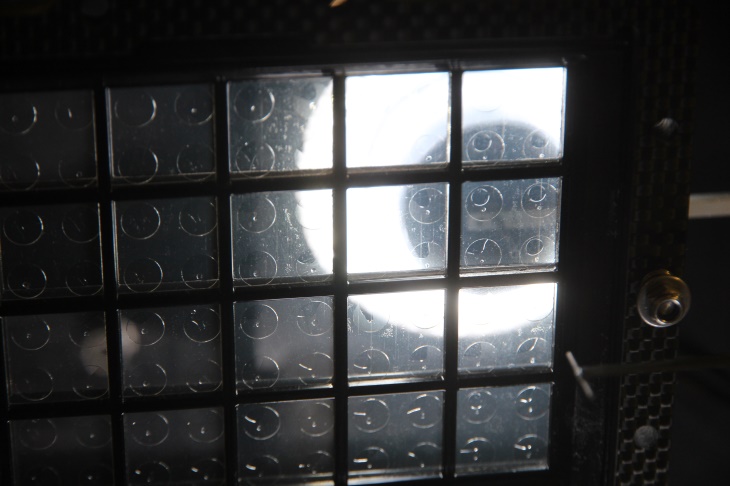James Sandy first gained his interest in synchrotrons and protein crystallography as an undergraduate at the University of Salford. Whilst reading for a degree in Biochemical Sciences James had the opportunity to spend a year working at Daresbury Laboratory, a first generation synchrotron. He worked alongside beamline staff and researchers, gaining experience in production, purification and crystallisation of the LH2 light harvesting complex from Rhodopseudomonas palustris. This was to be a life changing experience as, until this time, James was convinced that he wanted to be a brewer.
After graduating, James worked at the University of Oxford in the Department of Pharmacology, with Professor Edith Sim. He worked initially as a research technician and helped to solve the structure of an Arylamine N-acetyltransferase (NAT) from Salmonella typhimurium with Professor Martin Noble. This was the first NAT structure ever reported and exhibited a novel protein fold. James continued to work as a research assistant, and as the lab manager, solving more prokaryotic NAT structures as well as co-crystallised structures in the presence of a variety of ligands. These structures gave a real insight into the enzymic mechanism of the NAT enzymes. After almost nine years working at the University James got a position as a Postdoctoral Research Associate at Diamond. He assisted in the assembly of the experimental hutch equipment on the phase one MX beamlines and helped to commission I03, then I02. James has changed his job role to become a Support Scientist on I02 where he ensures that the beamline is operational and finely tuned. James also provides a lot of user support, routinely helping users with their data collections and ensuring they leave I02 with the best possible data.



 Macromolecular Crystallography
Macromolecular Crystallography

